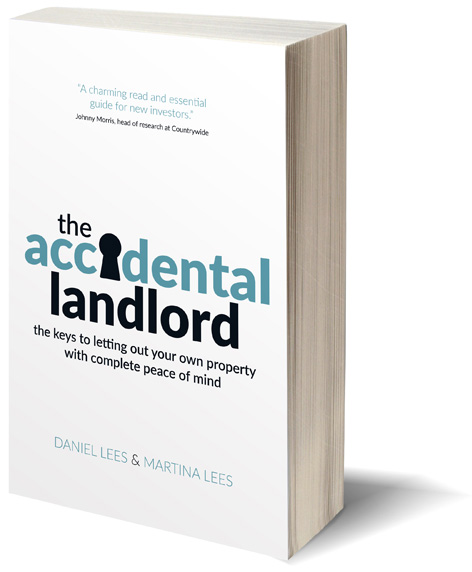
Find ways to claw back money from your tax bill.
Q
My husband and I, both in the 40% tax bracket, own our two-bedroom flat in Islington mortgage-free. For commuting reasons, we are about to let it for £1,977 a month and rent in south London for £1,700 a month.
We’re confused by all the tax changes for renting. Can we deduct the £200 monthly management fee for the Islington flat from our rental earnings before tax? And aren’t we allowed to claim a certain amount for general upkeep of the flat? Are there any ways to claw back money from our tax bill?
Tessa Day, via email
A
First, you should alert HMRC by registering for self-assessment tax and filling in the property pages of your annual return. What can’t you claw back?
- Because you have no mortgage, you cannot deduct interest as a cost or apply the new 20% relief on such payments, which began to be phased in from April.
- Since last year, you can no longer claim a 10% annual wear-and-tear allowance for letting a furnished property. Instead, you can only deduct the actual costs of furnishings.
- Nor can you claim the rent you pay in south London.
This means you will have to pay 40% tax on most of your £1,977 rental income. Add that to your £1,700 rent and rent-to-let will likely leave you worse off than you are now.
A clever way to counter this is to spruce up your Islington flat now. You can deduct repairs made up to seven years before the flat is let if you can show they are for the purpose of preparing the property for rent. (This does not include improvements such as a loft conversion.) Painting, flooring and windows all qualify, even if you upgrade from single to double glazing. So does modernising a bathroom or kitchen without extending it.
If you hire the same firm to do both improvements and repairs, ask them to separate out invoices. Carry forward remaining losses until they are wiped out by future profits.
You can also take off:
- The full management fee, as well as any letting costs, including adverts, photographs and inventories.
- Deposit protection fees, annual gas safety checks and the energy performance certificate.
- Service charges, ground rents and insurance. Letting will likely invalidate your standard policy, so take out landlord cover.
- Cleaning, gardening and utility bills paid by you.
- Relevant costs up to seven years before the first let, such as tax advice or legal guidance on your tenancy agreement.
- Professional fees such as membership of a landlords’ association.
To ease bookkeeping, open a separate account for your property. Keep receipts for six years. If you can’t stand paperwork, use a property accountant.
Daniel Lees is co-author of The Accidental Landlord and founder of the lettings specialist Swift
As published on The Sunday Times’ Home Help pages
Ask us your own question and we will post our answer here
The Accidental Landlord
In the post-Brexit world of jittery prices, tax changes and 140-plus landlord laws, this Amazon bestseller tells you how to let out your own property with complete peace of mind.
Get free help


